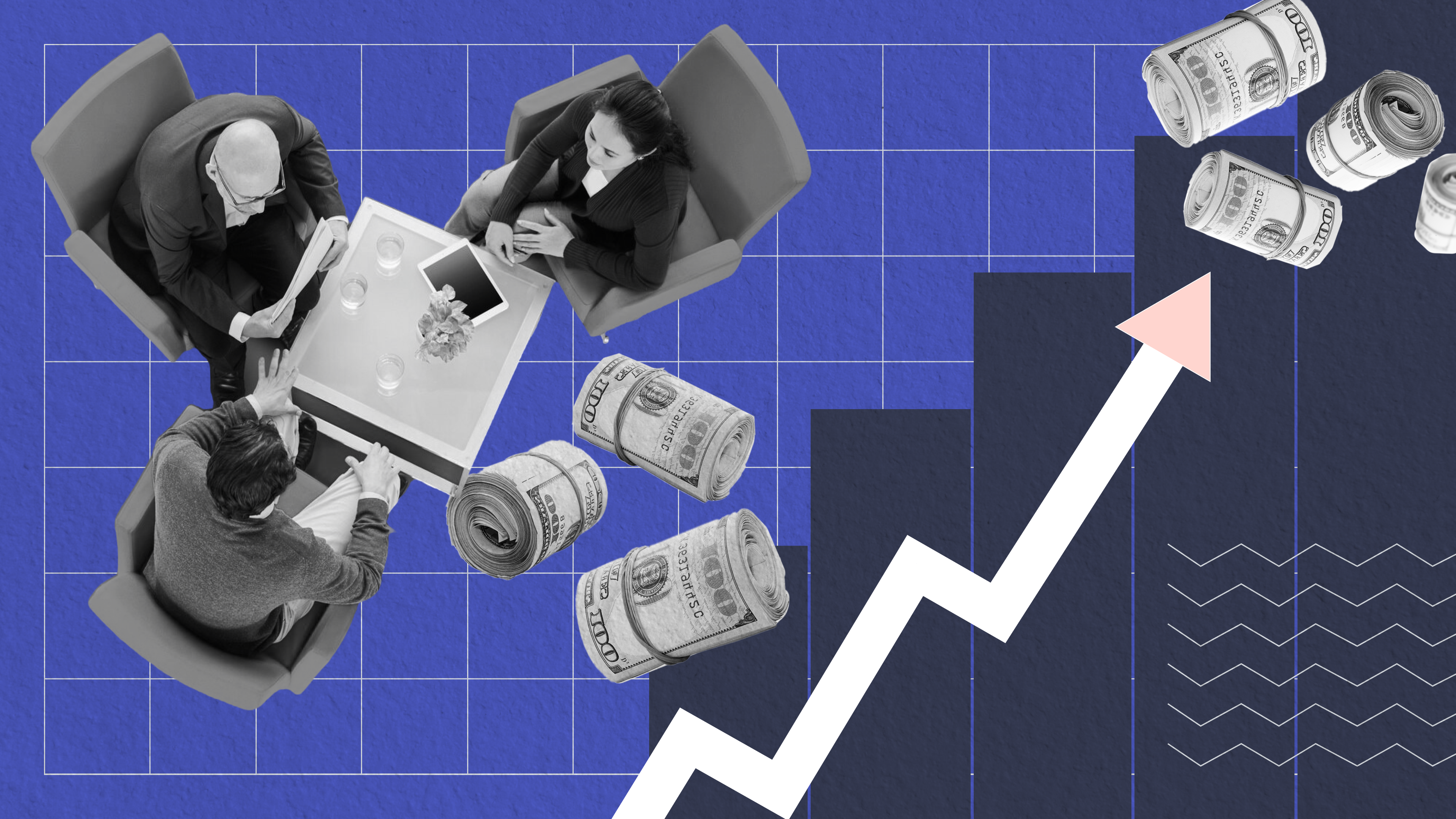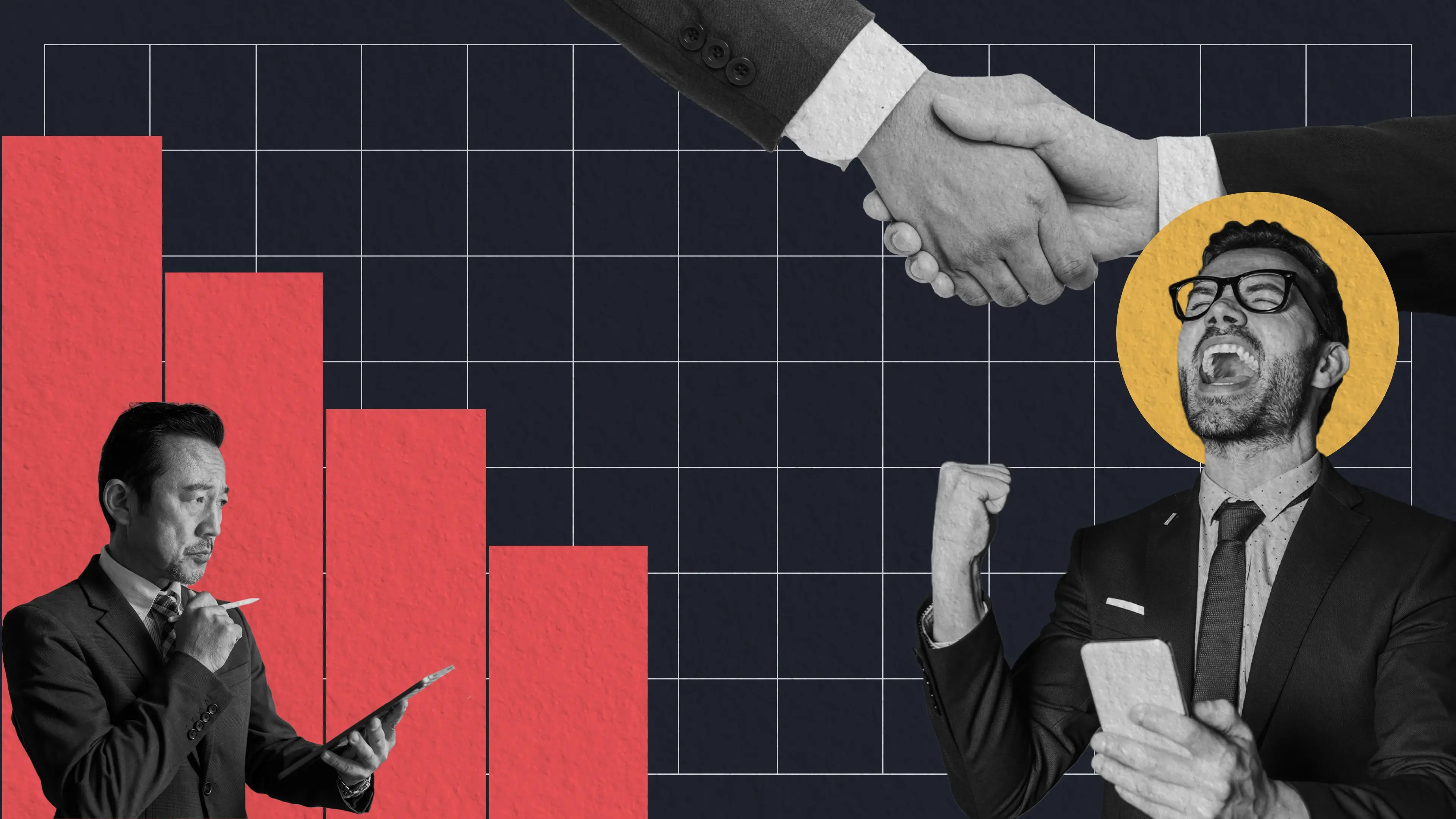India’s BFSI industry is going through a Big Shift.
But why?
Internet penetration in the country has surged by 47%. Additionally, the unique users of mobile and internet banking increased by 99% and 18%, respectively. Post-pandemic, India’s financial and demographic landscape has also shifted. It now projects to have the highest share of the working-age population by 2052.
The critical roadblocks in this Big Shift are capability, culture, technological disposition, limited data sources, and simple analytical engines. So, India has been looking for solutions to address these challenges and boost seller productivity.
Alternate Data is the “gold mine” in credit underwriting
The BFSI sector generates a massive amount of alternative data from UPI transactions, payment gateway, FASTag, GST, geolocation, and eCommerce.
Banks utilize these data from unconventional sources like cash flow analysis, credit card usage patterns, payday loans, rent, utility bills, mobile phone and Wi-Fi bills, etc., to assess an individual’s financial credibility.
For example, rent and bills paid on time show responsible behavior, a steady job for a long time demonstrates reliability and paying installments on time exhibits respect for financial commitments.
Simply put, alternate data help banks in credit underwriting in the following ways:
Income marker
“Traditional data” is an individual’s credit report. But alternate data provides the exact non-credit information about utility payments, insurance premiums, rental payments, public records, and property taxes.
These data points help lenders presume the loan taker’s income, financial stability, and creditworthiness. They are not directly related to a consumer’s credit behavior. Still, banks can have a fair idea about the borrowers having no credit footprint by credit scoring and risk assessment using alternate data.
Banking with other banks
According to McKinsey, banks can share data through APIs with one or more unaffiliated parties to bring collaboration and enhanced capabilities.
Open banking is an alternate credit underwriting procedure that banks use to bring in new revenue streams and develop a sustainable service model. Banks deliver improved customer experience to the financially underserved community through this process.
They can integrate with fintech firms and Neobanks to procure consumers’ digital data. This fosters innovation, shifts the financial services ecosystem, and helps anticipate the likely customer behavior.
Cash flow-based lending
MSME has always been a challenging customer segment due to its size variation, complexity, vulnerability, fluctuating demand, concentration risk, and lack of a trustworthy balance sheet. But now, access to alternate data points through Bureau/GST/CRILC/Aggregator Platforms leads to cash flow-based underwriting.
Banks focus more on domestic trade finance products like invoice financing and post-shipment finance over traditional cash credit or term loans. It allows improved decision-making based on ticket size, tenor, business-specific factors, and repayment cycle to extend collateral-free loans to the MSME ecosystem, which was traditionally asset-backed.
Overall, alternate data has opened a new window of innovative and simplified credit facilities for individuals or businesses having no transaction history. But such data is massive in volume. And banks need advanced data management technologies to collect, manage, and analyze such data and execute them to customer service.
A Sales Management Platform can help banks utilize these Alternate Data
Data Analytics & Business Intelligence to help in decision-making
Big Data Analytics in the BFSI sector expects to hit the $86.68 billion market size by 2027 at a 27.7% CAGR. That’s because banks need analytics to make more contextual real-time decisions on credit risk analysis, sales performance analysis, predicting customer lifetime value, and reducing churn rate.
Data analytics strengthens a bank’s marketing capabilities and NPA monitoring, while BI increases visibility into financial data, fraud mitigation, automated report generation, and cost reduction.
A bank’s sales engagement platform automatically captures rich contextual data from sales activities, predicts in-the-moment actions to support sales reps, and provides intelligent suggestions to improve outcomes and customer engagement.
With its integrated dashboard, sales managers can make data-driven decisions for efficient lead management with 74% quicker response times. They can build more capacities and have a 30% higher chance of deal closures.
A sales acceleration platform uses deep analytics to mine sales team behavior. It generates reports to understand industry scenarios and tracks the impact of modulating credit underwriting processes.
Partnerships and Account Aggregation to generate qualified leads
Banks often partner with NGOs, lead generators, enterprises, and MFIs to acquire customers at the bottom of the pyramid. They encounter a steady inflow of leads that need nurturing to transform into loan disbursals.
Banking CRM software is an excellent solution for this purpose.
Leading lead management platforms ensure best-fit mapping and rep assignment to nurture hot leads with 90% accuracy. They offer seamless customer onboarding with 78% less TAT and strategic optimization from rep behavior.
A banking sales solution aggregates alternate data for credibility verification, identifies potential risks and opportunities to reduce defaults, and informs partners about the deal statuses. It ensures banks keep all the partners on the same page, eliminating ring leaders and dummy customers and lowering TAT by 75% with a 99% repayment rate.
Credit scoring to help analyze customer behavior
Most financially underserved borrowers are new to credit. They have no bureau score to assure banks of their credibility, behavior, timely repayment, and default rate.
But banks can leverage their digital footprints like eCommerce transactions, OTT subscriptions, bill clearance, and utility payments to score their payment behavior through a banking sales solution.
An ML-based credit scoring with alternate data helps sales teams lend to the right people. And the best banking CRM software improves business performance with sales rep activity prioritization.
It nudges customers before collection due dates and encourages sales reps to build good customer relationships. Managers get a single-pane overview of lead metrics and pre-emptive intervention in case of anomalies.
In real-time, they can interact with on-field sales reps to overcome daily sales hurdles and streamline the collection process to increase policy closures by 250-320% YoY.
Final Say
With digitization, borrowers from all segments of society are moving under financial inclusion. Most of them have no banking history or credit scores. Banks can still extend loans to new-to-credit individuals and businesses based on their alternate digital data.
Vymo helps reduce lead dropping by 54%, decrease loan disbursement time by 64%, and increase conversion rates by 25%. It integrates APIs for customer verification, provides a real-time view of sales rep productivity, and ensures timely repayments by customer nudges and callouts.
In essence, mobile-first insurance CRM software helps banks reap the benefits of cognitive analytics, business intelligence, account aggregation, and credit scoring on the go to make data-driven decisions and increase average productivity per seller by 35%.




